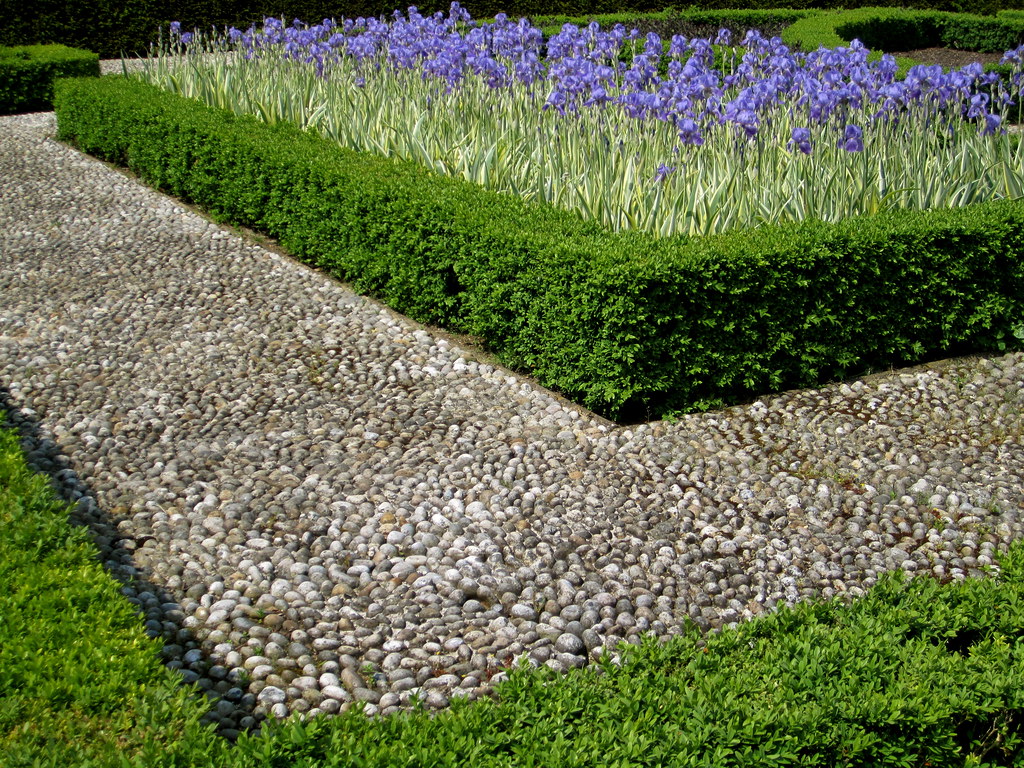Mastering the Art of Flower Bed Design for Small Gardens: Expert Tips for Choosing Plants, Color Schemes, and Ensuring Year-Round Blooms in Limited Spaces
February 3, 2025|
To master the art of flower bed design in small gardens, start by utilizing vertical gardening techniques like trellises, wall-mounted planters, and tiered garden beds to maximize space and sunlight. Choose compact and native plant varieties, such as zinnias, hydrangea, and drought-tolerant succulents, which require less maintenance and thrive in local climate conditions. Select plants with varying blooming periods, like spring bulbs, summer delphiniums, and fall black-eyed susans, to guarantee year-round color. Use complementary, monochromatic, or analogous color schemes to create a visually appealing garden. By implementing these tips, you’ll be well on your way to creating a vibrant, thriving flower bed, and there’s even more to discover to make your small garden truly exceptional.  Mastering the Art of Flower Bed Design for Small Gardens: Expert Tips for Choosing Plants, Color Schemes, and Ensuring Year-Round Blooms in Limited SpacesWhen designing flower beds for your small garden, start by selecting plants that are compact, easy to maintain, and suitable for your local climate. Consider using native species, perennials, and flowering bulbs, such as allium, hydrangea, and zinnia, which are well-suited for smaller spaces and offer vibrant blooms throughout the growing season. Next, think about the color schemes that will bring your garden to life. You can opt for complementary colors like blue and orange, or an analogous palette featuring shades of yellow, orange, and red to create a visually appealing design. To guarantee year-round blooms, plan your garden across different seasons by choosing plants with varying bloom times. From early spring tulips and daffodils to summer yarrow and fall coneflowers, a thoughtful selection will keep your garden colorful and engaging throughout the year. Introduction to Small Garden Flower Bed DesignTo maximize space in your small garden, consider utilizing vertical gardening techniques, such as growing plants up trellises, walls, or vertical planters, to make the most of your available space. Choose compact and native plant varieties that are well-suited for small spaces, as these require less maintenance and thrive in local conditions. Additionally, implement intensive planting methods like square foot gardening, companion planting, and intercropping to guarantee every square foot is efficiently used. How to Maximize Space in Small GardensIn small gardens, every inch counts, and maximizing space is essential for creating a vibrant and inviting flower bed. Here are some strategies to help you make the most of your compact garden spaces:
Plant Selection for Small Flower BedsWhen designing flower beds for small gardens, you need to choose plants that are compact, yet vibrant. Opt for native plants or dwarf varieties that fit well in limited spaces, such as Wild Geranium, Golden Alexander, and Black-eyed Susan, which offer a sequence of blooms throughout the growing season. Consider plants like Little Bluestem and Narrow-leaved Mountain Mint, which are drought-tolerant and require less maintenance, making them ideal for urban gardens. Choosing the Right Plants for Compact SpacesChoosing the right plants for compact spaces is crucial in small garden design, as it guarantees that your flower beds remain vibrant and well-managed. Here are some key considerations:
Color Schemes for Small Flower BedsWhen designing color schemes for your small flower beds, consider using color theory to create visually appealing combinations. You can opt for a complementary color scheme, pairing colors like blue and orange or yellow and purple, to add energy and excitement to your garden. For a more cohesive look, try a monochromatic scheme, where you use different shades of a single color, such as various hues of purple or pink, to create a harmonious and expansive feel. Alternatively, an analogous color scheme, where you choose colors that are adjacent to each other on the color wheel, like yellow, orange, and red, can make plant selection simpler and the garden more attractive. How to Use Color Theory in Small Garden DesignIn the confines of a small garden, mastering color theory can transform a limited space into a vibrant and inviting oasis. Here’s how you can apply color theory to enhance your flower bed design: Using Color Theory Effectively
Ensuring Year-Round Blooms in Small GardensTo guarantee year-round blooms in your small garden, select plants with varying blooming periods to maintain seasonal interest. Choose perennials like Echinacea pallida, which offers elegant flowers in summer and attractive seedheads in winter, or Allium cristophii, with its dramatic summer flowers and lasting parchment-like remnants. Consider incorporating plants that provide multiple seasons of interest, such as those with striking foliage, berries, or vibrant autumn colors, to keep your garden engaging throughout the year. Tips for Creating a Flower Bed with Seasonal InterestTo create a flower bed with seasonal interest in a small garden, start by selecting a diverse array of plants that bloom at different times of the year. This guarantees year-round blooms and maintains the garden’s visual appeal. Tips for Seasonal Interest
|
|